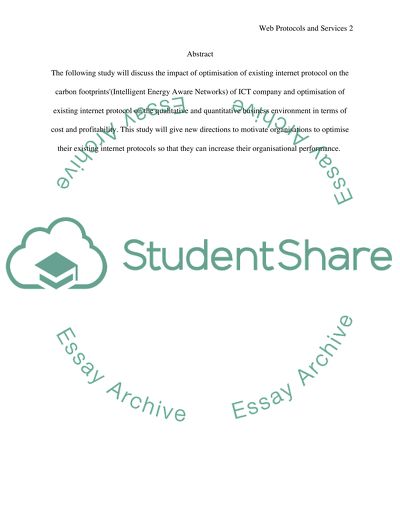Cite this document
(“Optimisation of Web Protocols and Services Research Proposal”, n.d.)
Optimisation of Web Protocols and Services Research Proposal. Retrieved from https://studentshare.org/information-technology/1515466-optimisation-of-web-protocols-and-services
Optimisation of Web Protocols and Services Research Proposal. Retrieved from https://studentshare.org/information-technology/1515466-optimisation-of-web-protocols-and-services
(Optimisation of Web Protocols and Services Research Proposal)
Optimisation of Web Protocols and Services Research Proposal. https://studentshare.org/information-technology/1515466-optimisation-of-web-protocols-and-services.
Optimisation of Web Protocols and Services Research Proposal. https://studentshare.org/information-technology/1515466-optimisation-of-web-protocols-and-services.
“Optimisation of Web Protocols and Services Research Proposal”, n.d. https://studentshare.org/information-technology/1515466-optimisation-of-web-protocols-and-services.


